Ditapis dengan

ASEAN Engineering Journal Part C (Civil Engineering Environmental Engineering…
- Edisi
- 1
- ISBN/ISSN
- 2286-8150
- Deskripsi Fisik
- -
- Judul Seri
- -
- No. Panggil
- 620.005 Ase
- Edisi
- 1
- ISBN/ISSN
- 2286-8150
- Deskripsi Fisik
- -
- Judul Seri
- -
- No. Panggil
- 620.005 Ase
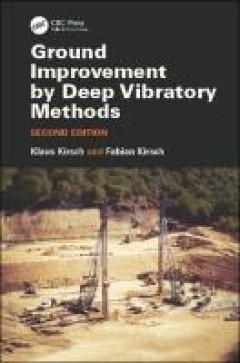
Ground Improvement by Deep Vibratory Methods
Vibro compaction and vibro stone columns are the two dynamic methods of soil improvement most commonly used worldwide. These methods have been developed over almost eighty years and are now of unrivalled importance as modern foundation measures. Vibro compaction works on granular soils by densification, and vibro stone columns are used to displace and reinforce fine-grained and cohesive soils b…
- Edisi
- 2
- ISBN/ISSN
- 978-1-3153-7234-1
- Deskripsi Fisik
- 253 hlm.
- Judul Seri
- -
- No. Panggil
- -
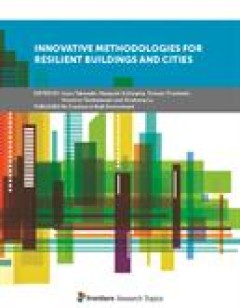
Innovative Methodologies for Resilient Buildings and Cities
Resilient buildings and cities are in the center of common interests in modern academic communities for science and engineering. Resilience of buildings and cities against multidisciplinary risks is strongly related to the sustainability of buildings and cities in which reduction of damage during risks and fast recovery from the damage are key issues. Robustness, redundancy, resourcefulness and…
- Edisi
- -
- ISBN/ISSN
- 978-2-88963-072-1
- Deskripsi Fisik
- 135 hlm.
- Judul Seri
- -
- No. Panggil
- -
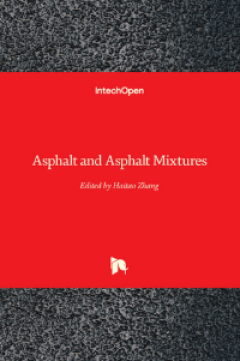
Asphalt and Asphalt Mixtures
In recent years, with the rapid development of the world transportation industry, the proportion of asphalt pavement in road engineering is increasing. Therefore, while the demand for asphalt and asphalt mixture is increasing, the quality requirements for materials are also improving. In particular, new materials and new technologies are constantly emerging, and the application technology, theo…
- Edisi
- -
- ISBN/ISSN
- 978-1-83968-109-7
- Deskripsi Fisik
- 134 hlm.
- Judul Seri
- -
- No. Panggil
- -

Advances in Asphalt Emulsion Materials for Cold Paving Technologies
With growing awareness of worldwide health, safety, and environmental issues, significant efforts have been carried out to save non-renewable fossil fuels, conserve energy, and reduce emissions in various industries. In pavement engineering, cold paving technologies based on asphalt emulsion—which greatly reduce energy consumption, dust, and gaseous emissions compared to conventional hot asph…
- Edisi
- -
- ISBN/ISSN
- 978-2-88966-248-7
- Deskripsi Fisik
- 129 hlm.
- Judul Seri
- -
- No. Panggil
- -

Efficient Damping and Isolation Systems for Civil Structures
Civil engineering structures may vibrate due to different sources of excitations such as earthquakes, wind, traffic, humans, etc. The resulting vibrations may not be acceptable from the perspective of vibration comfort or can even impair the structure's safety. Depending on the excitation mechanism, anti-vibration measures range from increasing the structural damping using local dampers, decoup…
- Edisi
- -
- ISBN/ISSN
- 978-3-0365-6560-6
- Deskripsi Fisik
- 196 hlm.
- Judul Seri
- -
- No. Panggil
- -
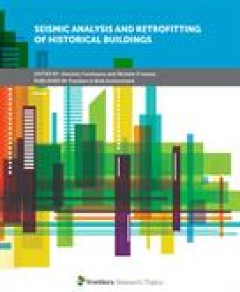
Seismic Analysis and Retrofitting of Historical Buildings
The awareness of the concept of conservation and protection of historical buildings against natural threats, and in particular the seismic one, is an important and current issue. This is due to the fact that most of them have been recognized as having cultural heritage, having an inestimable value for their constructive, material and typological characteristics to be preserved and handed down t…
- Edisi
- -
- ISBN/ISSN
- 978-2-88966-011-7
- Deskripsi Fisik
- 207 hlm.
- Judul Seri
- -
- No. Panggil
- -
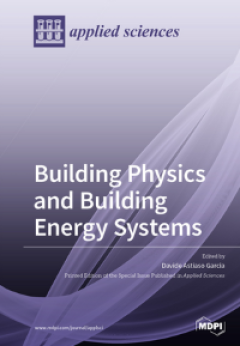
Building Physics and Building Energy Systems
The energy transition is one of the key approaches in the effort to halt climate changes, and it has become even more essential in the light of the recent COVID-19 pandemic. Fostering the energy efficiency and the energy independence of the building sector is a focal aim to move towards a decarbonized society. In this context, building physics and building energy systems are fundamental discipl…
- Edisi
- -
- ISBN/ISSN
- 978-3-0365-0519-0
- Deskripsi Fisik
- 196 hlm.
- Judul Seri
- -
- No. Panggil
- -

Proceedings of the 2nd International Conference on Innovative Solutions in Hy…
This open access book is compilation of selected papers from 2nd International Conference on Innovative Solutions in Hydropower Engineering and Civil Engineering (HECE 2022). The work focuses on novel techniques for topics in hydropower and sustainable development, maximizing and communicating the multiple benefits of hydro, the food-water-energy nexus approach, synergy among the renewables, ma…
- Edisi
- -
- ISBN/ISSN
- 978-981-99-1748-8
- Deskripsi Fisik
- 524 hlm.
- Judul Seri
- -
- No. Panggil
- -
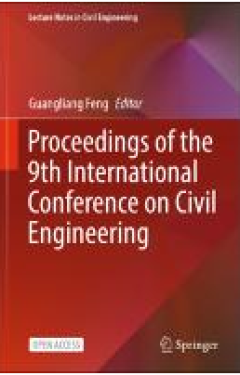
Proceedings of the 9th International Conference on Civil Engineering
This open access book is a compilation of selected papers from the 9th International Conference on Civil Engineering (ICCE2022). The work focuses on novel research findings on seismic technology of civil engineering structures, High-tech construction materials, digitalization of civil engineering, urban underground space development. The contents make valuable contributions to academic research…
- Edisi
- -
- ISBN/ISSN
- 978-981-99-2532-2
- Deskripsi Fisik
- 627 hlm.
- Judul Seri
- -
- No. Panggil
- -
 Karya Umum
Karya Umum  Filsafat
Filsafat  Agama
Agama  Ilmu-ilmu Sosial
Ilmu-ilmu Sosial  Bahasa
Bahasa  Ilmu-ilmu Murni
Ilmu-ilmu Murni  Ilmu-ilmu Terapan
Ilmu-ilmu Terapan  Kesenian, Hiburan, dan Olahraga
Kesenian, Hiburan, dan Olahraga  Kesusastraan
Kesusastraan  Geografi dan Sejarah
Geografi dan Sejarah